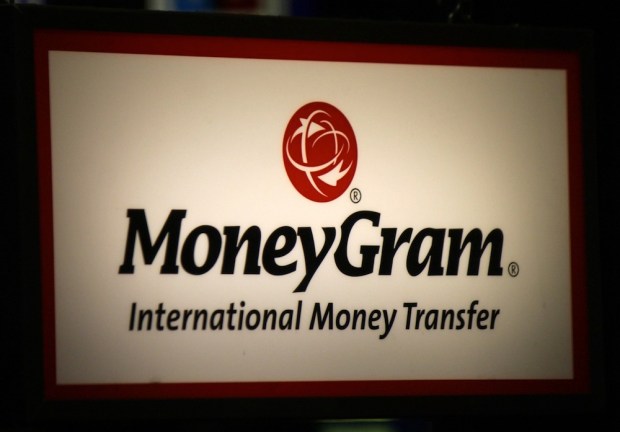MoneyGram On FinTech’s Future: Interoperable And Digital

“It is quite amazing really how misunderstood the money transfer industry is,” MoneyGram CEO Alex Holmes told Karen Webster in a recent conversation.
Sending money from one person to another is something that’s been possible for the last 145 years – since 1871. Back then, though, instead of apps and smartphones, it was horses and trains that moved the money from point A and person A to point B and person B. And, instead of cybercriminals lying in wait to hack digital networks, it was train robbers and cowboys ambushing stagecoaches that was the biggest threat to the money transfer business.
In 2016, moving money safely between people remains the essence of the money transfer business. According to Holmes, the transfer of funds from point A to point B —no matter where points A and B are — will always be at the heart of MoneyGram’s core competency. But, he said, that’s no longer enough. The future, Holmes said, is one where consumers can send — and receive — their funds in literally any format they want, anywhere they want to send or receive it.
The Future Isn’t Just Digital, It Is Interoperable
There are a few essential truths that are often overlooked when people talk about the future of money transfer. One is that in the 20 percent of the world that is “developed,” cash is optional in many (but not all) contexts. In the 80 percent of the world outside of that, cash is king — because in many areas, cash is it. Operating in those locations at all simply requires the ability to transmit and receive in cash.
The second truth is that for all the enthusiasm for disrupting banks, the reality is that banks are where money is currently held — and even in the developing world, a bank account is likely the end destination for those funds.
The third essential truth is that to be a global player, you have to be – well, a global player — and operate at scale. Which means supporting the customers who want to send cash, who want to send funds to bank accounts, who want to do everything on mobile and, Holmes said, serving that “70 year-old mother of 8 in the Philippines who is literally never going to think about using an app to transfer money.”
The requirements of playing on that scale, Holmes noted, are very different.
Connecting A Financially Fragmented World With Omni-Transfer
Once upon a time, getting that scale in the money transfer business was about adding locations – and that’s still true. But, Holmes notes, in a digital world, there has be more – much more.
“That won’t get us to that next level,” Holmes told Webster. “Capturing that next customer and the next transaction — and then having them come back more often — means more than adding to our physical footprint. It means an underlying change to the entire way that our system operates.”
Which, Holmes says, is about being agnostic to how a customer wants to send or receive their money – just making sure that they can enable it. He cites the example of MoneyGram currently enabling the direct transfer of money to 2 billion bank accounts in 45 countries. And that, he says, helps senders and receivers think very, very differently about why they send money.
It also means their network is developing an ever longer list of partner firms who see the value in the “omni-transfer” capabilities that MoneyGram offers – who wish to leverage its platform to let the consumer make as many choices as possible: picking up money at ATMs, or having it deposited directly into a checking account, or making sending possible from stand-along kiosks or via mobile app.
Holmes says this must also include cash because some consumers like it and a giant swath of global consumers depend on it.
“The digital-only players eliminate a huge part of the world’s population because they just aren’t payments-agnostic and interoperable.”
The importance of true interoperability — all the way down to cashouts at physical touchpoints — is easy to overlook in the developed world. Consumers have a lot of options, and some of them are very new, slick and shiny.
But that’s only 20 percent of the world — the other 80 percent is that “giant swath” of global consumers that digital-only players are de facto eliminating because their systems are so wired into digital that it is all they can accommodate.
MoneyGram wants to service the digital customer — and has been quietly building the capacity to make sure that it can offer all the tap-and-go ease developed world consumers have come to demand.
But the vision is bigger and about creating a single interoperable system for a variety of user profiles that can work almost anywhere on Earth, with whatever payments tools are most desirable.
Because MoneyGram says the future isn’t about building digital systems for some users and traditional cash-out systems for everyone else — it’s about building true scale worldwide and the capability for users of all kinds to interact as seamlessly, securely and quickly as possible.
It’s not an easy task.
But then, neither is operating in 189 countries with over 200,000 physical locations under your banner. MoneyGram does surprisingly well with difficult tasks.
